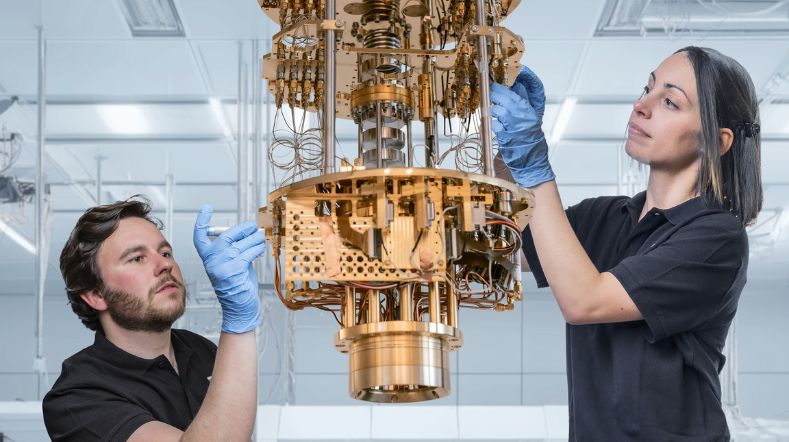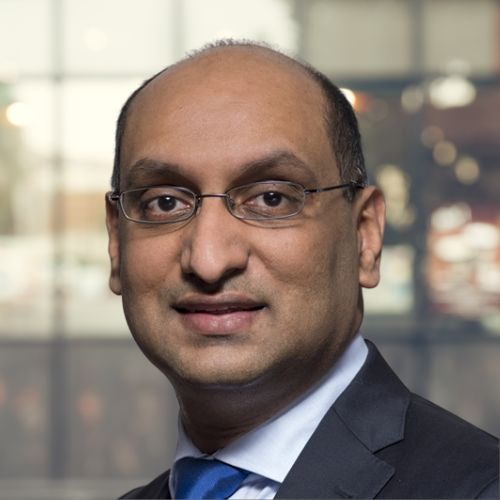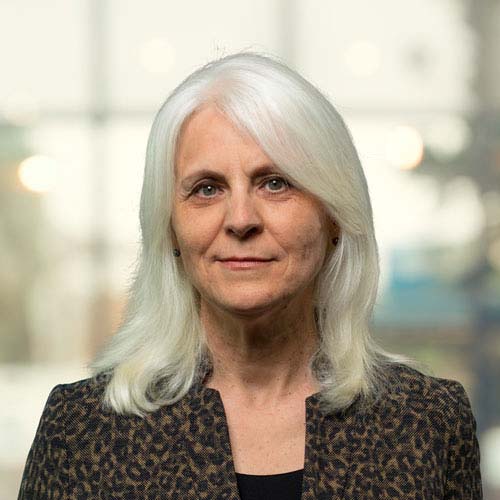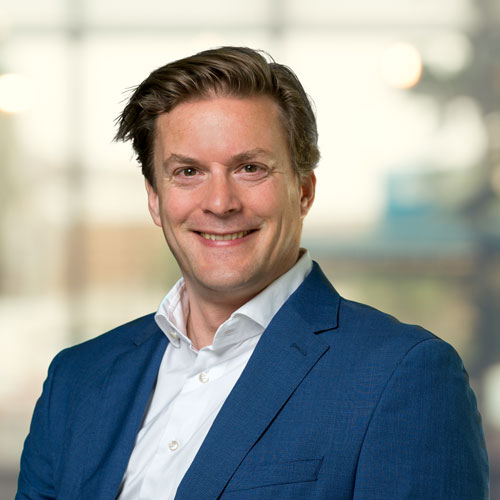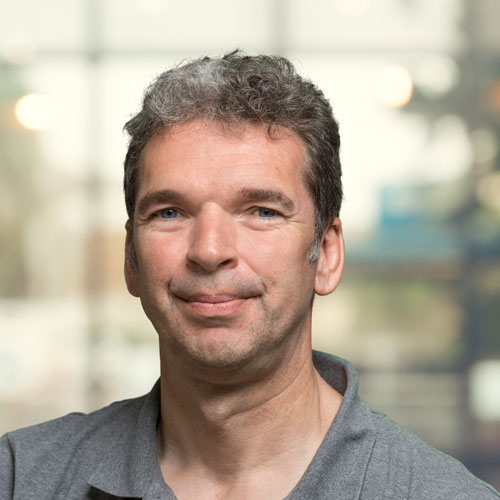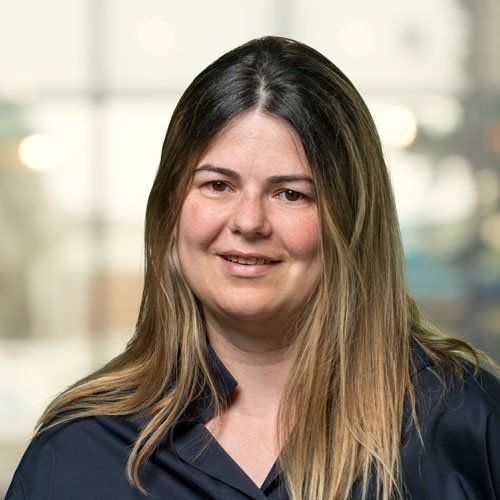
Inventors' Day
At TNO, our inventors have been working on the inventions and innovations of tomorrow since 1932. In the context of Inventor's Day, we reflect on some of TNO's inventors and their inventions. This to give you an idea of how diverse the work is that TNO does every day for a better society.
TROPOMI
Huib Visser, 77 years old and still a TNO employee, works at the Industry unit and has spent his entire career devising and realising optical instruments for monitoring the Earth’s atmosphere from space.
One of his many compelling results is his design for the TROPOspheric Monitoring Instrument (TROPOMI), which is at the heart of the ESA Copernicus Sentinel-5 Precursor satellite launched in 2017. TROPOMI is the most advanced and accurate instrument ever to take measurements from space for research into climate and air pollution and sets the worldwide standard of 7 km by 7 km for high-resolution mapping of carbon monoxide and nitrogen dioxide.
The instrument was built by TNO and partners from the Netherlands and the UK. TROPOMI enables worldwide pollution to be measured on a daily basis at the scale of cities and in some cases even at the scale of individual sources of pollution such as power stations or ships, meaning that governments worldwide can now accurately monitor whether environmental regulations are being followed.
CO2 Capture
Juliana Monteiro works at TNO as a scientist in the Sustainable Process & Energy Systems department in Delft in the Energy Transition unit.
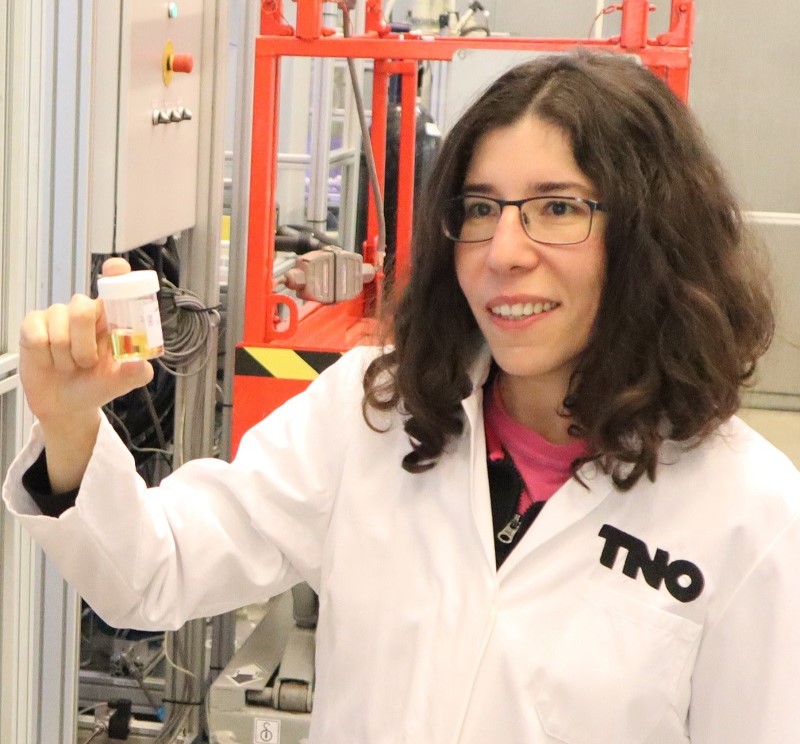
Climate change forces us to look for creative solutions. Capturing carbon dioxide (CO2) is one of the ways to control rising global temperatures.
Juliana Monteiro has made a special contribution in the field of CO2 capture. She has developed a technology that solves one of the bottlenecks in current capture techniques. This lowers the barrier for industry to use CO2 capture effectively.
LAMP RAPID test
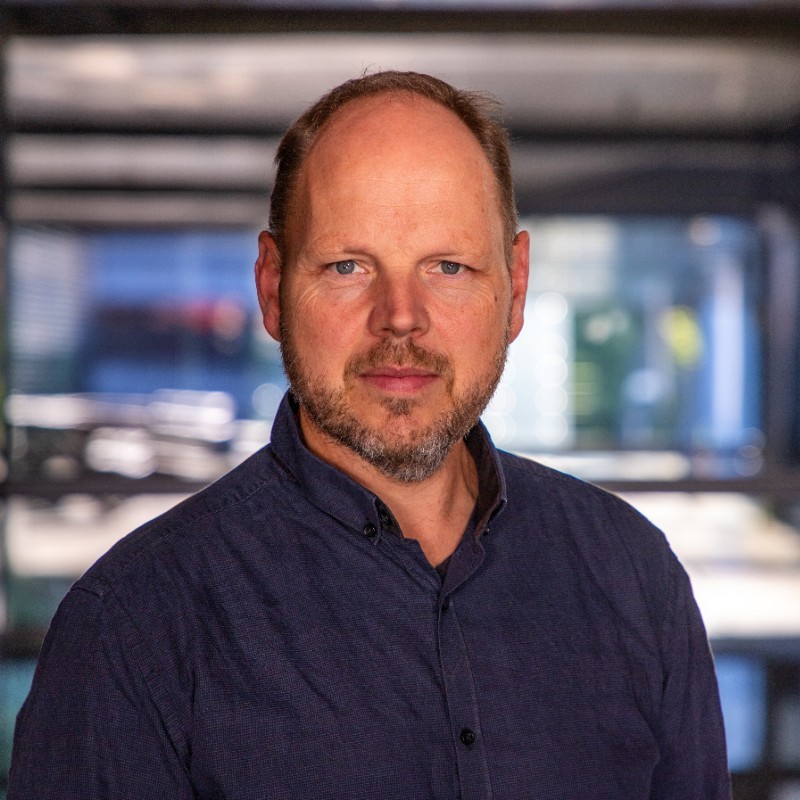
In 2020 Bart Keijser and his colleagues worked on the successful development of the LAMP rapid test.
This new test shortens the period between sample collection and actual detection of the COVID-19 virus to one hour with the same reliability as the PCR test. Being able to determine more quickly whether a person is infected is vital for effective control of the infection among the population.
TNO is developing this method based on LAMP (Loop mediated isotherMal amPlification). LAMP is cheaper, less demanding on the required laboratory infrastructure and gives faster results.
Radar
In 1957 the TNO Physics Laboratory was commissioned by the Dutch Armed Forces for a project to make radar images from the air. The Ministry of Defense wanted to know what a radar from an aircraft at a low altitude would yield. It was the first radar remote sensing activity in our country.
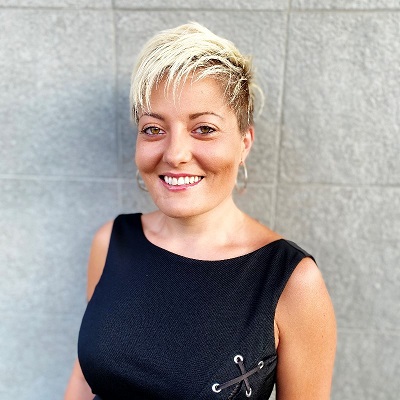
Today, Laura Anitori works with her colleagues on radar technology. She is currently a senior scientist and program manager of the 4-year (Defence-funded) radar research program.
Radar systems are indispensable in the modern world. Whether naval vessels, military drones or self-driving vehicles are involved, radars provide a reliable picture of the environment day and night and in all weather conditions. TNO has exceptional knowledge in the field of radar technology and is among the top in the world with a focus on Active Electronically Scanned Array (AESA) radars.
Detection of drowning people with drones
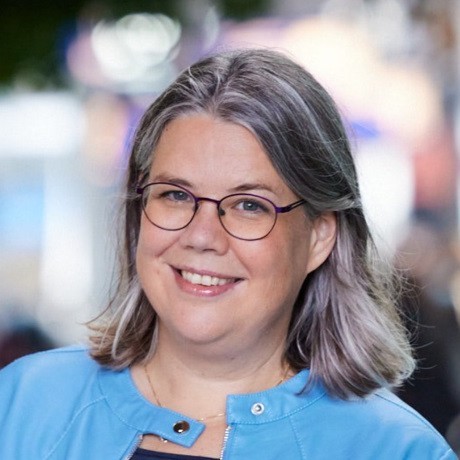
Judith Dijk works withing TNO on the application of camera systems for various domains including defense, security and safety and the image processing required in these systems. She also works on unmanned and autonomous systems.
Earlier this year, TNO, together with KNRM and KPN conducted a test off the Dutch coast of Scheveningen. The IR and daylight camera on board of an unmanned arial vehicle, also called drone, are used to detect people in need in the water. By using this extra pair of eyes, the chance of success of rescue operations is increased. Drones could also be used for surveillance on the water.
A selection of other notable TNO inventions
First listening device (1935)
In the decades after the First World War, hearing was increasingly used for air defense. At night or above clouds, enemy aircraft could still be observed.
In the 1930s, researchers at what would later become TNO, invented the 'electric listening device', the first sound system for determining the position of aircraft. A unique system that gave the Netherlands and England a head start in the Second World War.
Youth growth measured (1955)
TNO has been monitoring the growth and development of Dutch children since 1955 through national growth studies. For this, a large group of children is measured and weighed every 10 to 15 years. The results make it possible for the government to monitor trends and take action if necessary.
With this data, TNO develops instruments that help professionals to monitor and assess the development of an individual child.
DIANA: counts and draws for construction (1972)
In 1972, TNO started developing a tool for calculating building structures using numerical analyses. This grew into DIANA, a leading software product used all over the world. Rijkswaterstaat used the method for the calculations of the storm surge barrier in the Oosterschelde.
First house with solar panels (1974)
Research into better utilisation of solar heat started at TNO in 1974, the year of the first oil crisis. TNO developed a solar collector and in 1976 was closely involved in a pioneering project with 4 experimental solar homes in the Dutch town Zoetermeer. This has considerably increased the knowledge in our country in this area.
Fresh bread (1988)
In 1988, TNO succeeded in baking fresh croissants within thirty minutes, without the time-consuming rising process. Together with Albert Heijn, TNO has further improved the process and made it suitable for several types of bread.
In 1992 Albert Heijn patented the process under the name 'Baking convenience': a method of preparing frozen pieces of bread dough and of preparing bread product. This made Albert Heijn the first supermarket where bread was baked in its own stores.
For the bakers, TNO's innovation has resulted in better working conditions: they no longer had to get up so early. Later, the rules on the sale of fresh bread (only after a certain time) were abolished. This also benefits the consumer.
First test with mobile payment (2007)
'Cash money is old-fashioned', said a TNO expert in 2007, when the first tests with mobile payments were carried out in our country. No more piles of plastic cards in your wallet, but pay via your smartphone. It was already predicted at the end of the last century, when the first mobile data services were launched.
From the outset, TNO has immersed itself in the technologies that play a role in this and has always followed the complicated game between telecom operators, network builders and device manufacturers.
Stay informed about our latest inventions!
Sign up for TNO newsletters
Get inspired
TNO launches TNO Ventures to accelerate technological innovation and startup growth


Imec and TNO launch Holst Centre Photonics Lab


EU Invests €15 million to help companies supercharge their products with light


Public trust in nuclear energy requires an adaptive policy approach
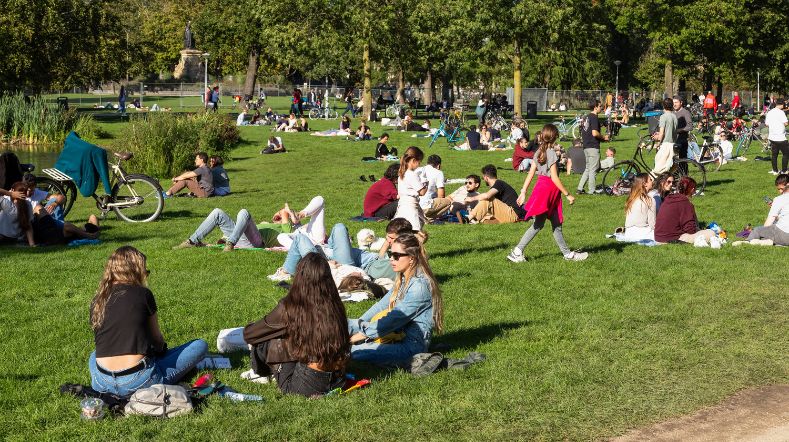

TNO expands quantum information technology testing capabilities to support startups
